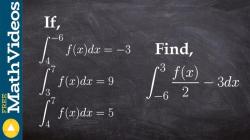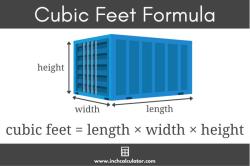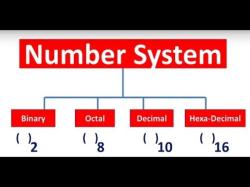How do you calculate the power of a sample?
The power of a statistical test is a measure of the test's ability to detect a true effect or difference when it exists. It's the probability of correctly rejecting a null hypothesis when it's false (i.e., avoiding a Type II error). In the context of hypothesis testing, you can calculate the power of a sample using the following formula:
Power = 1 - β
Where:
- Power represents the probability of correctly rejecting the null hypothesis.
- β (beta) represents the probability of a Type II error (i.e., failing to reject the null hypothesis when it's false).
To calculate the power of a sample, you'll typically need the following information:
Effect Size (δ): The effect size represents the magnitude of the difference or effect you want to detect. It's the difference between the population parameter (e.g., population mean) under the null hypothesis and the population parameter under the alternative hypothesis. Effect size is often denoted by δ.
Significance Level (α): The significance level, denoted by α (alpha), is the probability of making a Type I error, which is the probability of incorrectly rejecting the null hypothesis when it's true. Common values for α include 0.05 or 0.01.
Sample Size (n): The sample size represents the number of observations or data points in your sample.
Statistical Test: You need to specify the statistical test you plan to use, as different tests have different power characteristics.
Once you have these values, you can follow these steps to calculate the power of your sample:
Determine the critical value(s) or the rejection region for your chosen significance level (α) and statistical test. This involves finding the cutoff point(s) beyond which you would reject the null hypothesis.
Calculate the non-centrality parameter (λ) for your test. The non-centrality parameter depends on the effect size, sample size, and the statistical distribution of your test. It quantifies how far the sample statistic is from the null hypothesis value under the alternative hypothesis.
Use the non-centrality parameter (λ) and the cumulative distribution function (CDF) of the relevant distribution (e.g., t-distribution, F-distribution) to find the probability of observing a test statistic as extreme as the one you calculated under the alternative hypothesis.
Calculate the power (1 - β) by subtracting the probability of a Type II error (β) from 1.
Keep in mind that calculating power may require specialized statistical software or tables for specific tests. Additionally, power analysis is an important aspect of experimental design, as it helps determine the necessary sample size to achieve a desired level of power for a study.












